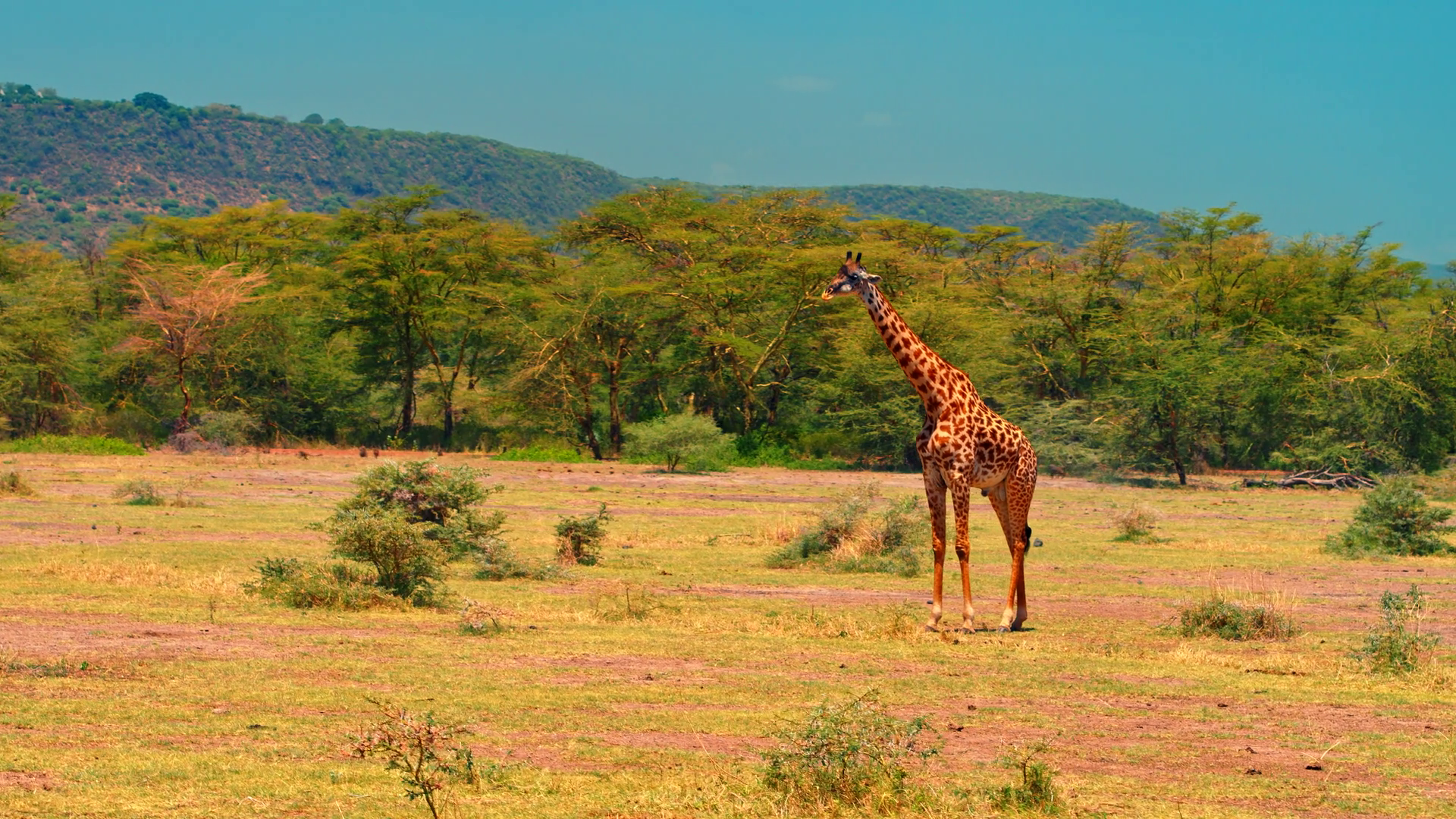The Serengeti is one of the most famous parks of Africa, vast and beautiful, it’s one of the most captivating safari area.
With incredible concentrations of predators due to endless grassy plains which are the richest grazing grounds on the continent, and therefore home to the largest herds and the highest concentrations of predators in Africa.
Serengeti offers top class wildlife viewing throughout the year, main attraction being the Great Migration, consisting of up to 3 million wildebeest, 200,000 zebras and 350,000 Thompson, impala and grant’s gazelles. Serengeti covers thrilling experience game drives and rare opportunities to connect with the local people and culture. With Serengeti you are guaranteed an exceptional safari.
Scenery
Serengeti’s scenery is renowned for its grassland plains in the southeast. The northern part is more hilly and rocky. To the west, valleys, rivers and forest can be found. The scenery is stunning and feels like untamed wilderness.
The Serengeti landscape is quite varied with flat-topped acacias (a genre of shrubs and trees), rolling plains and open grasslands that are bordered by hills and rocky formations. Extreme weather conditions plague the area, with harsh winds combining with heat to create a harsh environment.
Location
Size: 14,763 sq km (5,700 sq miles).
Location: 335km (208 miles) from Arusha, stretching north to Kenya and bordering Lake Victoria to the west.
Weather
The average temperatures are quite uniform throughout the year, moderate and pleasant.
It never gets very hot, but is consistently cool to cold at night and in the early mornings. It is advised to take warm clothing for early morning game drives.
Temperatures drop by about 6.5°C for every 1000m you climb so even within the park there are wide climatic variations.
Activities around Serengeti
Serengeti offers wide range of activities to the people including
- Game drives
- Hot air ballooning safaris to have a spectacular view of the Serengeti from above
- Lake Victoria full day trip
- Olduvai Gorge and the shifting sand tour
- Walking safari, picnicking and bush lunch/dinner
- Masai rock paintings and musical rocks
When to go
The Serengeti offer good wildlife viewing throughout the year. June and July are the best months for seeing the migration and February is the best month for the wildebeest calving. The dry months offer good game viewing throughout Tanzania.
June- September for general wildlife viewing with a chance of seeing the wildebeest
Best Weather: June to October (Little to no rainfall)
Worst Weather: March and April (Peak of wet season)










